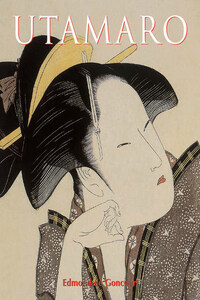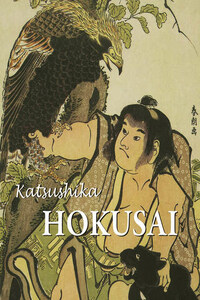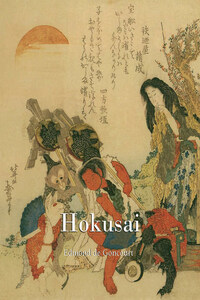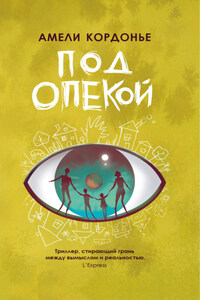Marguerite Gérard, Portrait of Jean-Honoré Fragonard
c. 1787–1791.
Oil on panel, 21.8 × 16.1 cm.
Private collection.
1732: Jean-Honoré Fragonard is born in Grasse in the south of France.
1738: Arrives in Paris around this time.
1748–1752: After working as a notary apprentice for a while and having shown a keen interest in drawing, Fragonard is sent to François Boucher’s studio. Boucher refuses to teach him so he is then sent to Jean-Baptiste-Siméon Chardin who trains him by creating copies. He focuses on the paintings of the Masters that he sees in churches and impressed by the quality of his paintings, Boucher finally takes him on as a student.
1752: He wins the Prix de Rome with his painting Jéroboam Sacrificing to the Idols, a competition usually reserved for students of the Academy.
1753–1756: Thanks to the prize, he joins the École Royale des Élèves Protégés under the direction of Carle Van Loo. His many works from this period demonstrate the influence of his masters and their training.
1756–1761: First sojourn in Italy. He studies at the Académie de France in Rome. After a difficult start, he becomes interested in the baroque painters he emulates in his lessons. During this period, he leaves Rome on two occasions. Once to work in Tivoli and another in Naples accompanied by his painter friend, Hubert Robert, and Jean-Claude Richard, abbé de Saint-Non, who will go on to become one of his primary sponsors. The two young artists create many paintings for the abbé de Saint-Non. Upon his return to Paris, Fragonard has established himself as a reputable artist.
1765: His is accepted at the Académie Royale de Peinture due to his painting The High Priest Corésus Sacrificing Himself to Save Calirrhoé which allows him to obtain a studio and accommodation at the Louvre in Paris.
1767: Starting from this year he seldom takes part at the Salon. He turns his back on academic and classical painters to focus on more light-hearted subjects. The majority of the work he produces is commissioned by private clients.
1769: Fragonard marries Marie-Anne Gérard who is also an artist and comes from Grasse. Their first child is born, a daughter named Rosalie.
1770–1773: He creates the series Progress of Love, a collection of decorative panels made to adorn the walls of one of the dining rooms of a pavilion in Louveciennes, the residence of the countess du Berry, a mistress of Louis XV. The panels however are returned to the artist and are highly critiqued by defenders of the emerging neoclassical movement.
1773–1774: Fragonard travels Italy and central Europe.
1780: Birth of his son Alexandre-Évariste, who will go on to become a painter like his father.
1792–1800: Bankrupt and out of favour after the French Revolution, Fragonard paints less and less. The painter Jacques-Louis David uses his influence and gets him a position as a curator in the recently opened museum at the Louvre.
1805: An imperial decree requires all the resident artists, including Fragonard, to leave the Louvre.
1806: He dies following a stroke, largely unnoticed by his contemporaries. His artwork only starts to once again receive recognition in the 19th century.
* * *












